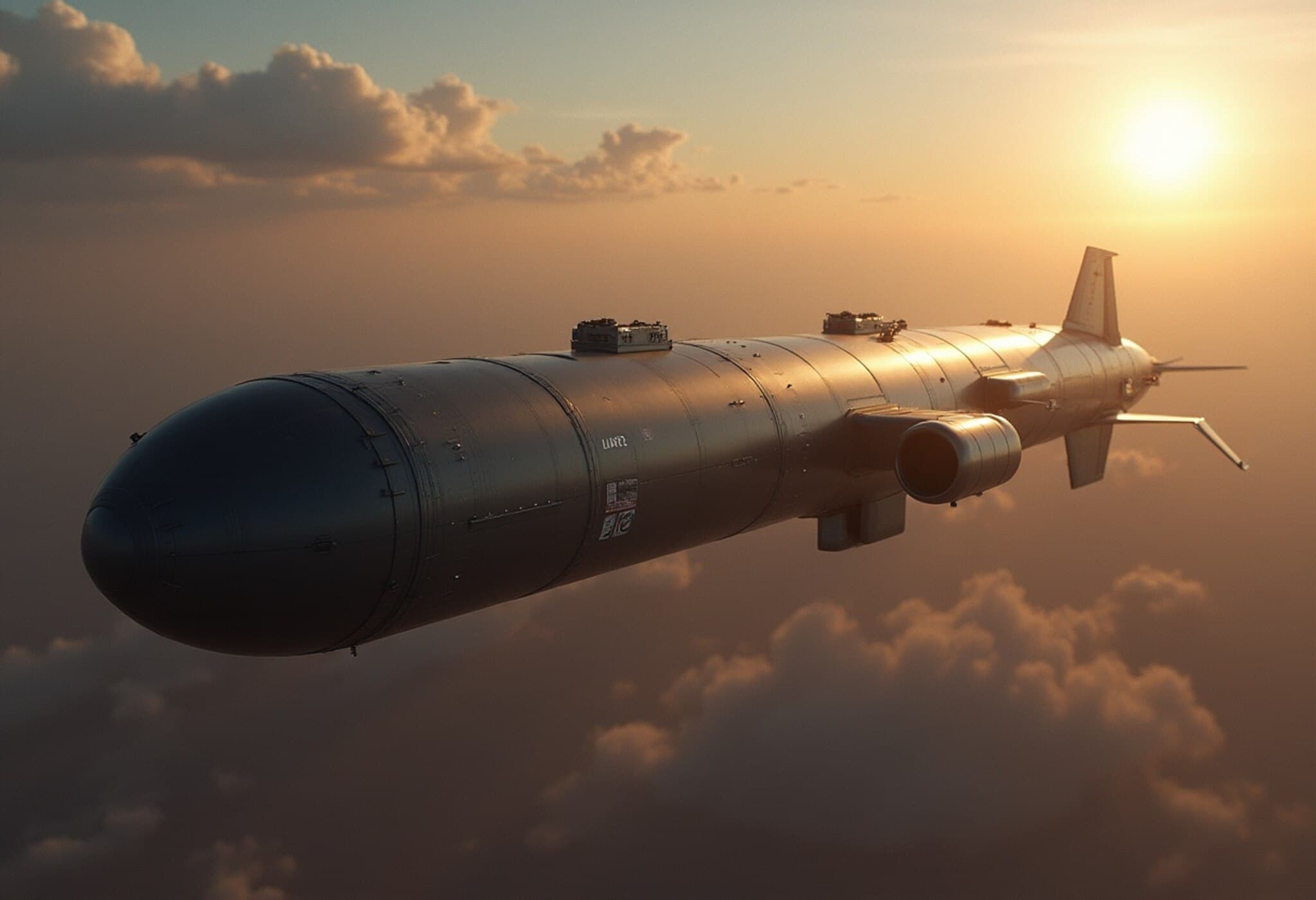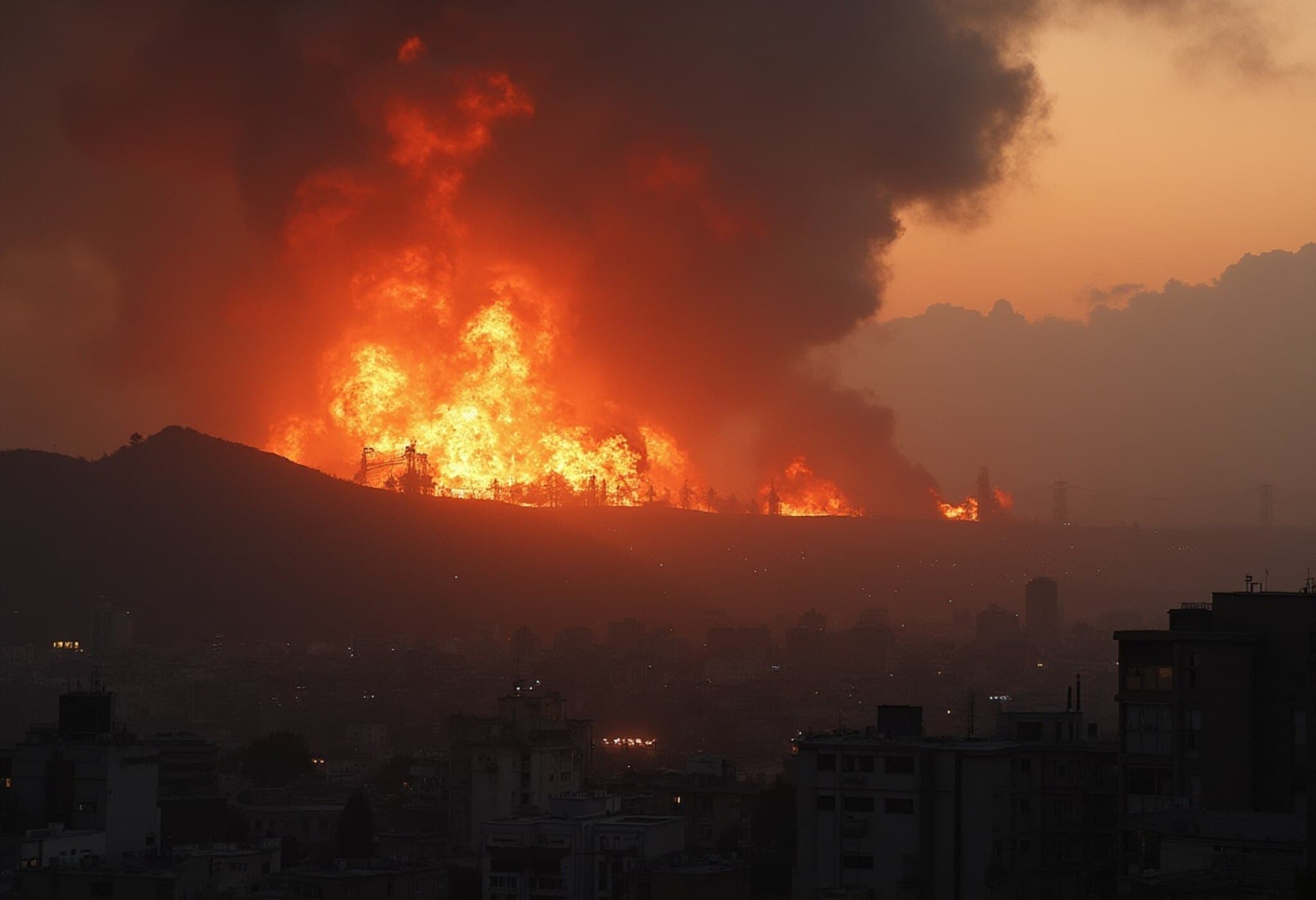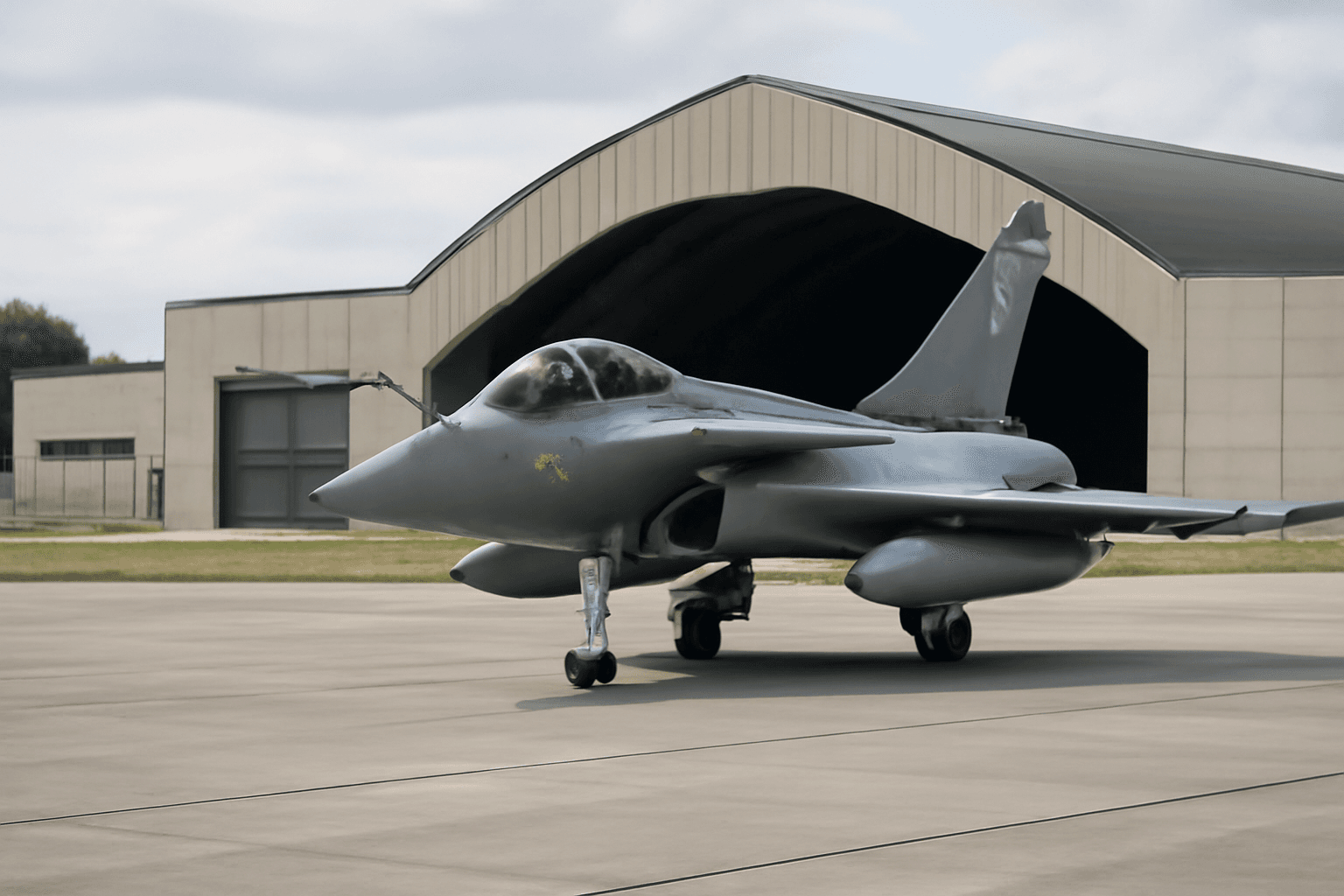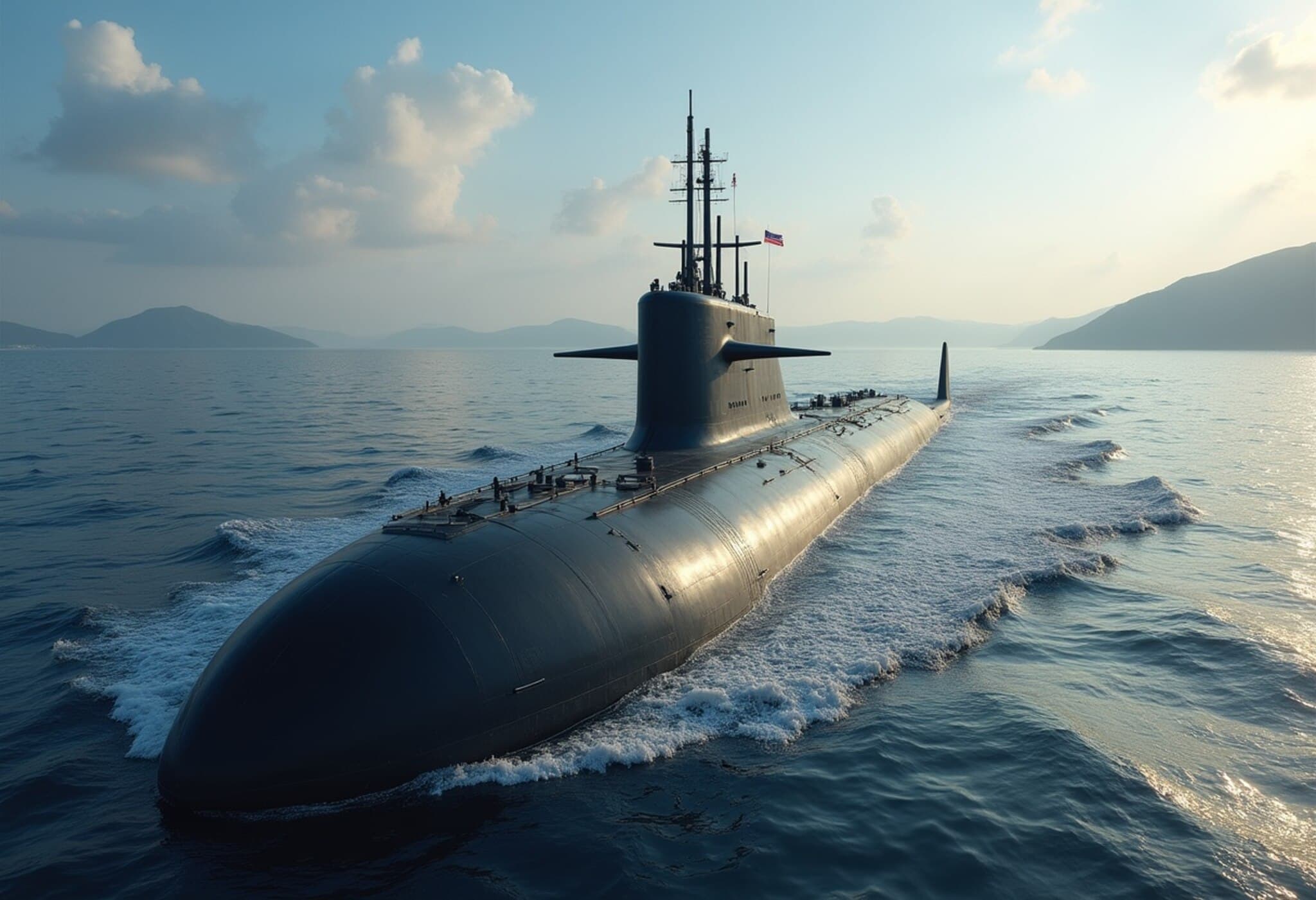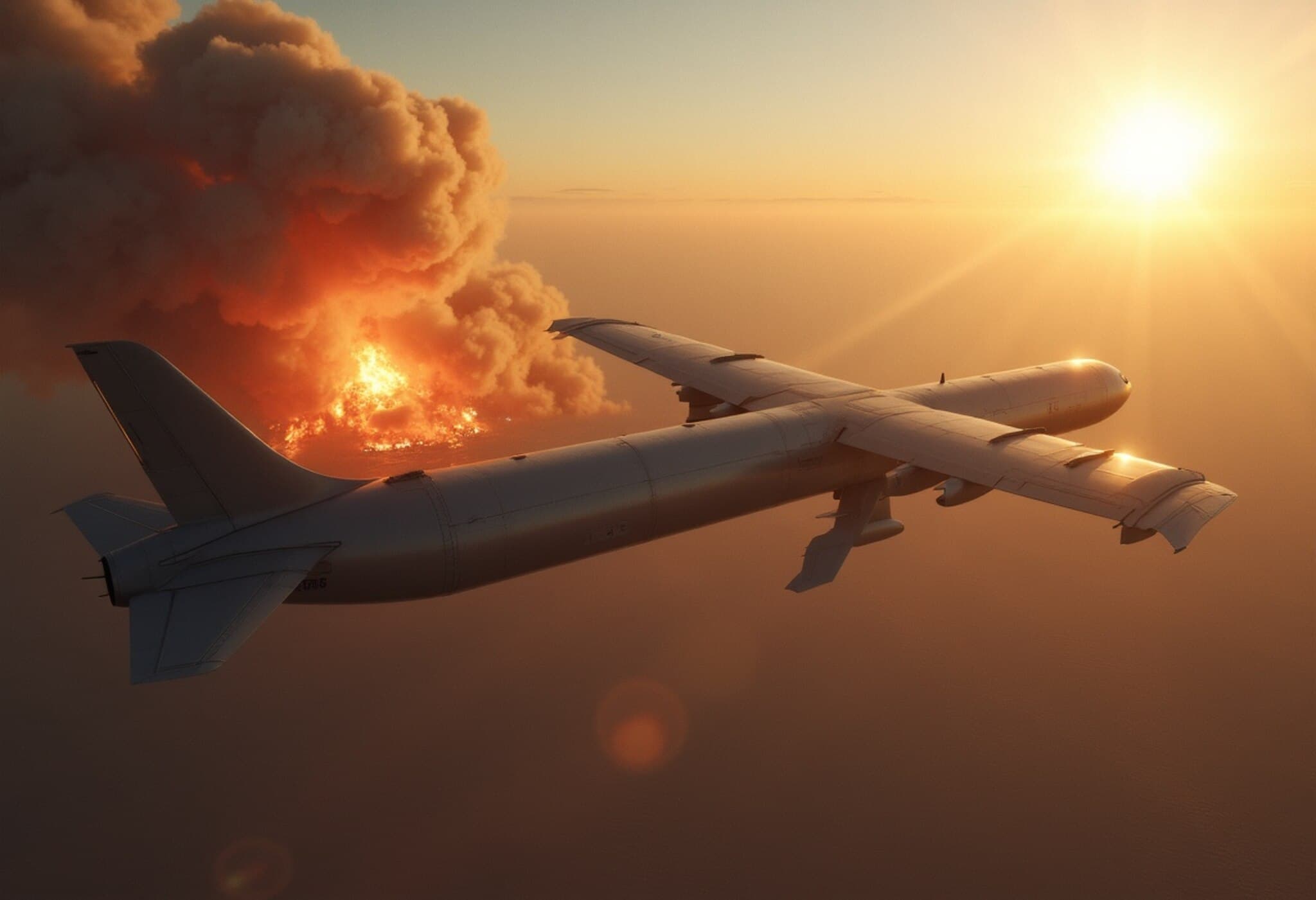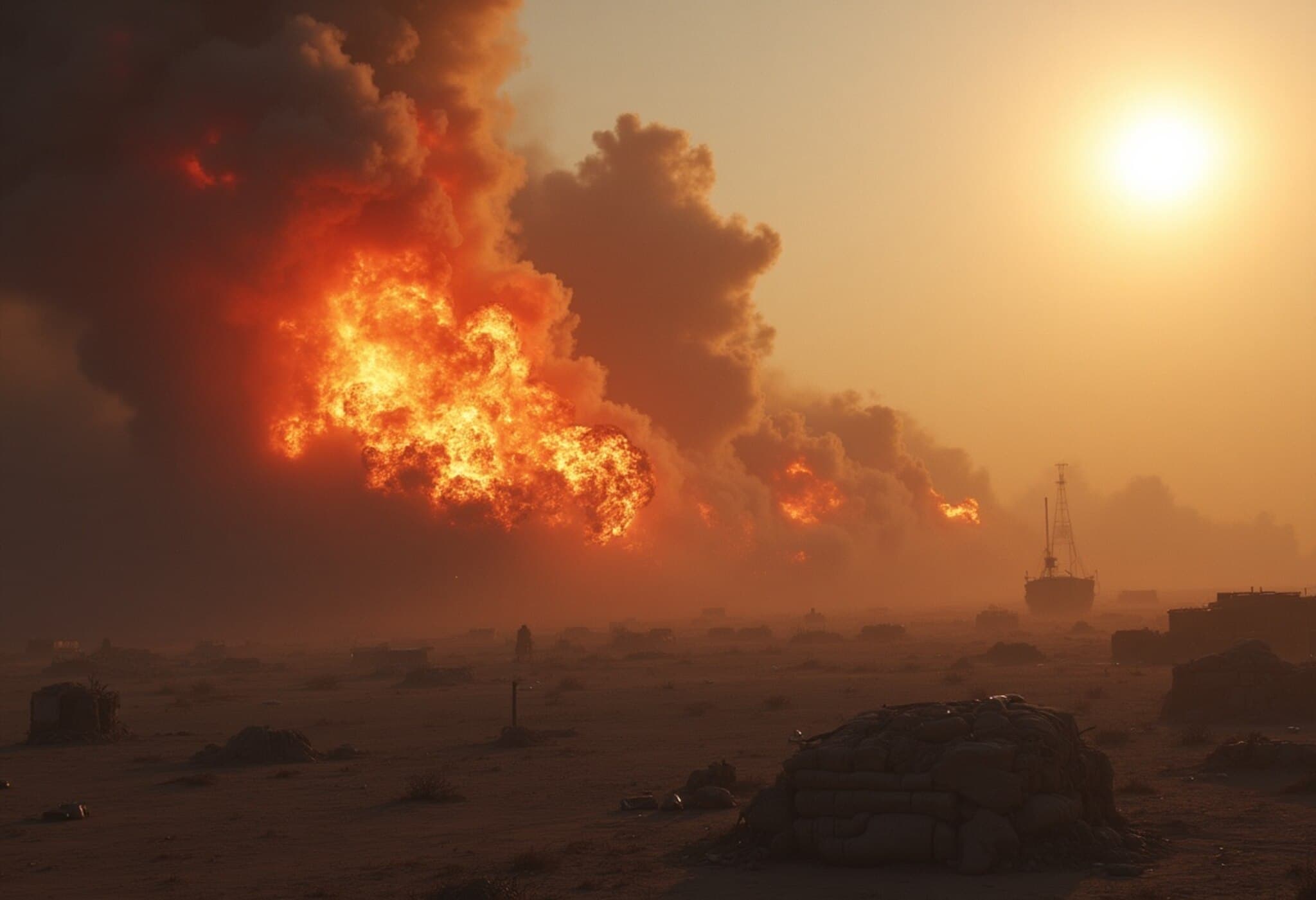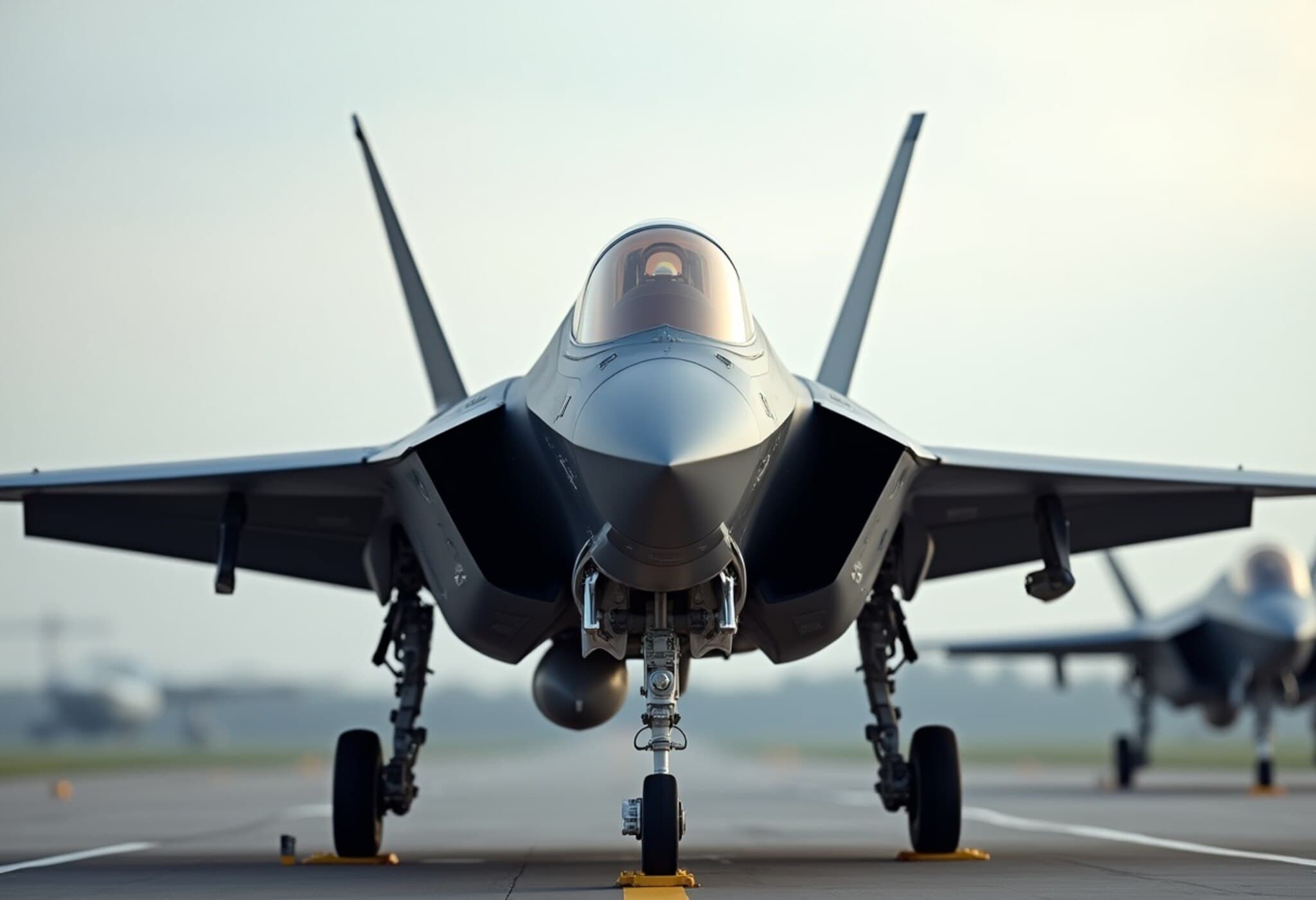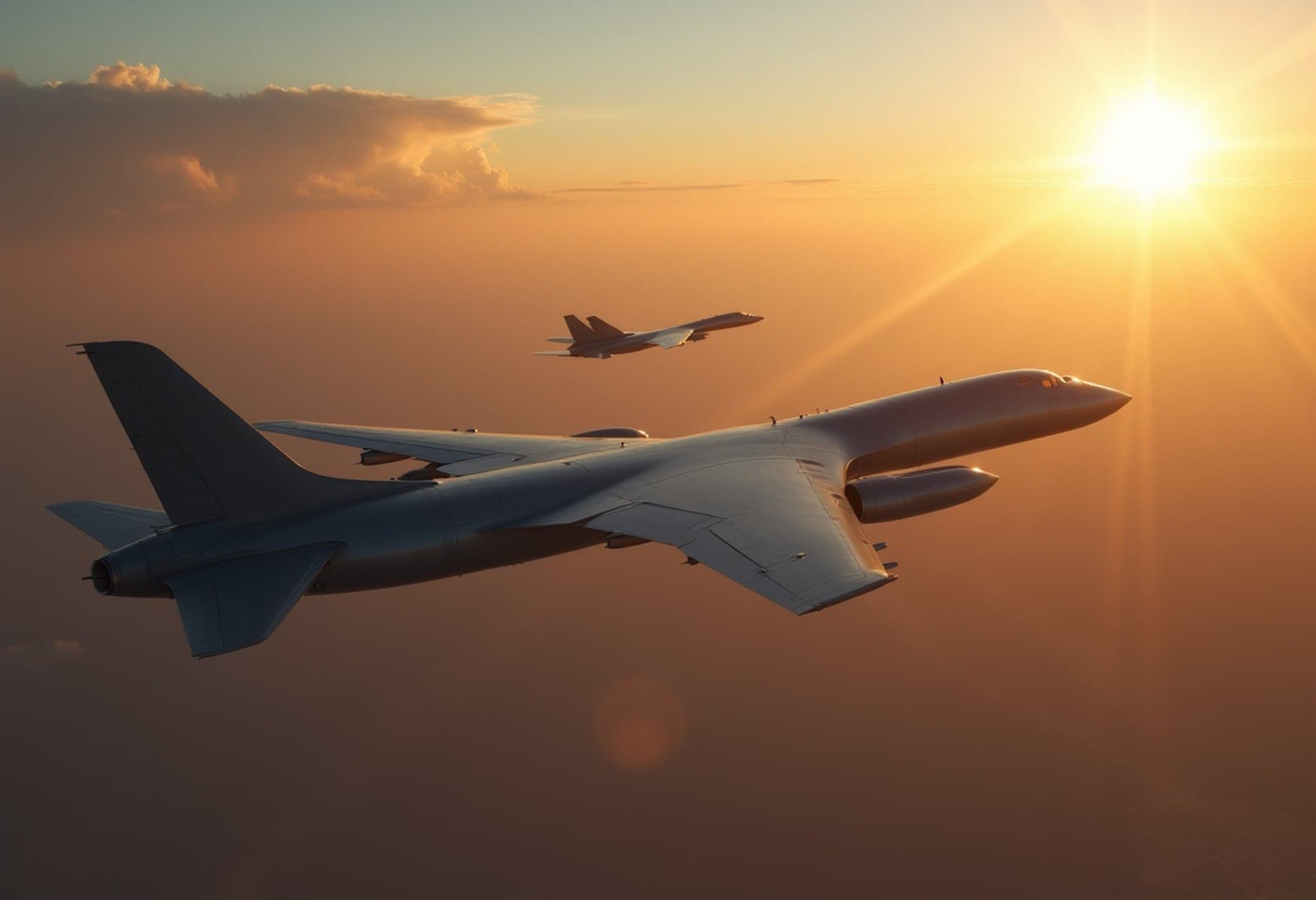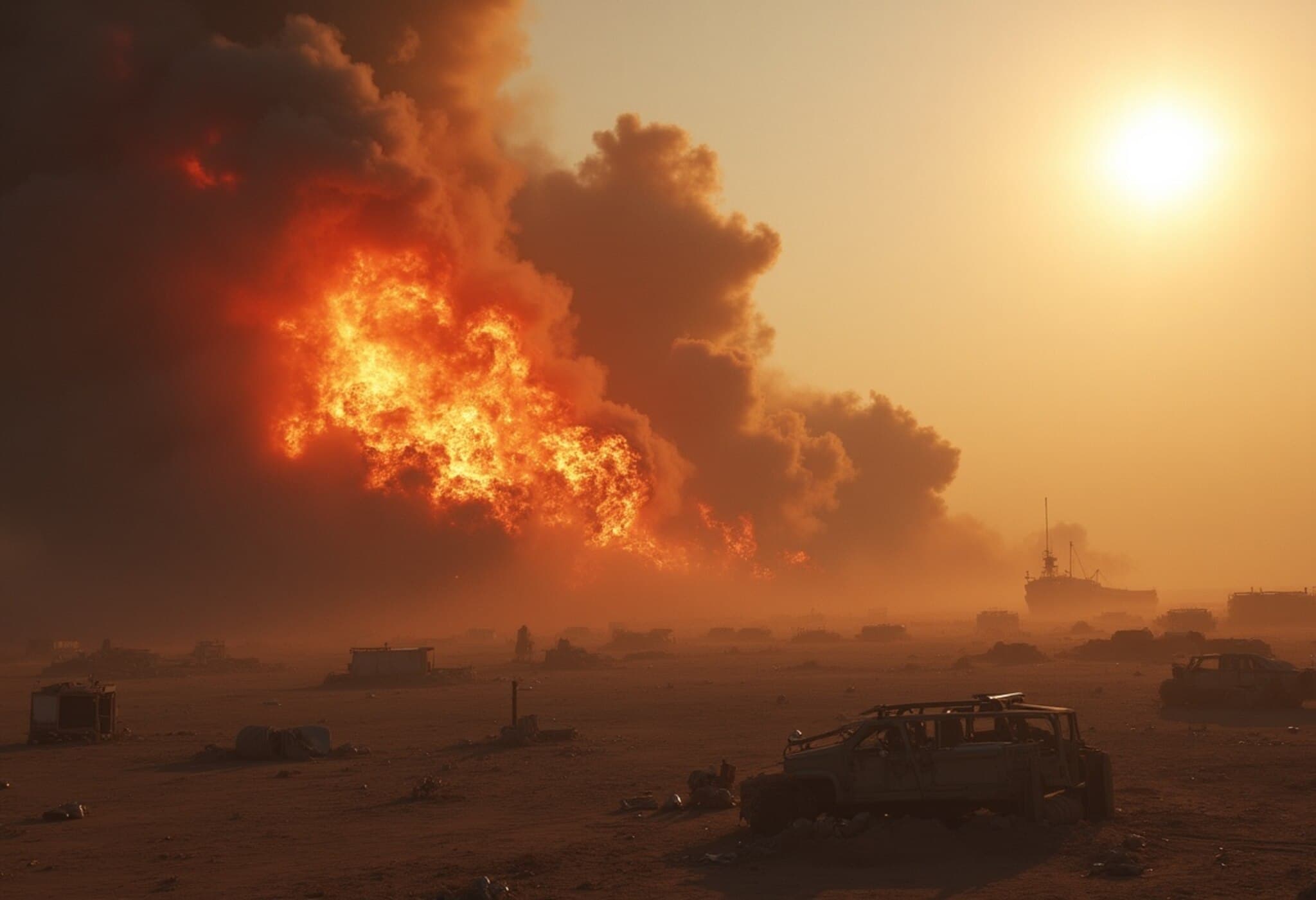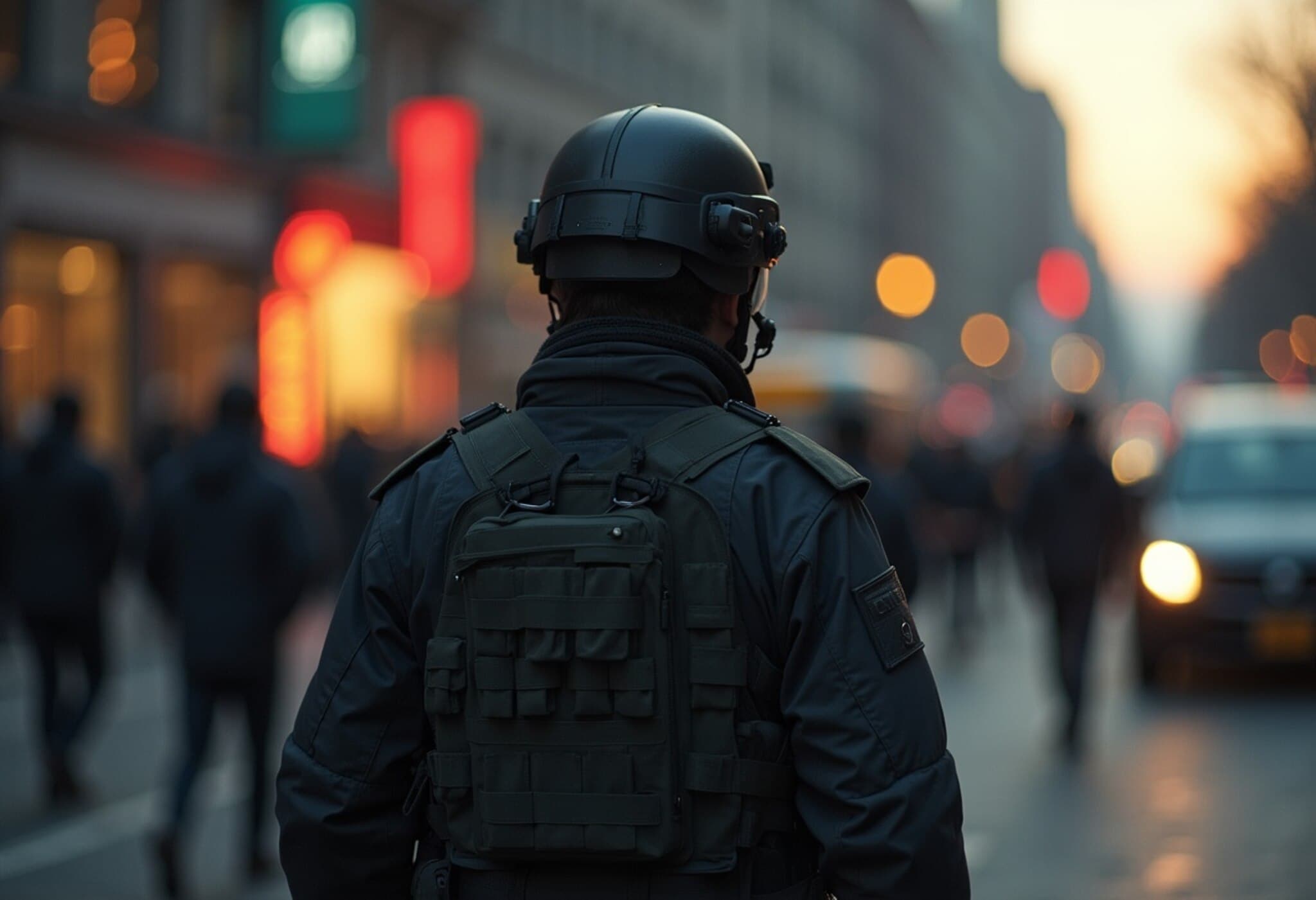GBU-57: America’s Unique Weapon Against Iran’s Underground Nuclear Facilities
As tensions simmer in the Middle East, the spotlight falls on the GBU-57, the United States’ formidable bunker-busting bomb designed to obliterate deeply buried targets. This massive weapon, weighing in at 30,000 pounds (13,607 kg), is arguably the only conventional bomb capable of penetrating hundreds of feet underground — making it a potential game-changer against Iran’s clandestine nuclear sites.
Why the GBU-57 Matters Now
Recent strikes by Israel have targeted Iranian military commanders and surface installations, yet questions remain about their impact on Iran’s core nuclear infrastructure. While Israeli attacks have inflicted damage on missile stockpiles and military bases, critical sites like the Fordo uranium enrichment facility, buried nearly 300 feet beneath solid rock, remain largely untouched.
Unlike other nuclear sites such as Natanz and Isfahan, Fordo’s deep underground location effectively shields it from conventional airstrikes. This is where the U.S. GBU-57, also known as the Massive Ordnance Penetrator, stands apart.
Unparalleled Penetrative Power
The GBU-57 was engineered to penetrate up to 200 feet of rock and reinforced concrete before detonating, delivering a devastating blow within subterranean facilities. Unlike typical bombs that detonate upon impact, the GBU-57 boasts a thick, hardened steel casing and a specialized fuse designed to withstand immense shock and pressure as it burrows into the earth.
Measuring 6.6 meters in length, this bomb represents cutting-edge conventional military technology developed in the early 2000s, with initial production orders placed nearly two decades ago.
Deployment: Exclusive to the B-2 Stealth Bomber
Only the stealthy American B-2 bomber can deploy the GBU-57, with each aircraft capable of carrying two such bombs. These long-range bombers can strike targets from bases thousands of miles away, including locations in the Middle East. Recent satellite imagery revealed B-2 deployments near strategic military bases, hinting at their readiness for missions involving bunker-busting ordnance.
Experts emphasize that multiple bombs would likely be required to neutralize well-defended underground sites, pointing to the complexity of such operations even with advanced weaponry.
Political and Strategic Implications
Any U.S. military action involving the GBU-57 against Iran's sensitive nuclear infrastructure would carry significant geopolitical consequences. The decision to utilize such a powerful ordnance reflects not just a military calculation but also a strategic signal with broad diplomatic repercussions.
Meanwhile, in the absence of these bombs within Israel’s arsenal, efforts continue through alternative tactics like targeting site entrances, cutting electricity supply, or collapsing access points — measures designed to undermine underground facilities indirectly.
Looking Ahead
While the GBU-57 represents a highly specialized tool for countering buried nuclear threats, it is but one option among many in the broader geopolitical strategy surrounding Iran’s nuclear ambitions. The weapon’s deployment would likely be a last resort reflecting escalating tensions and the complexities of modern warfare.

